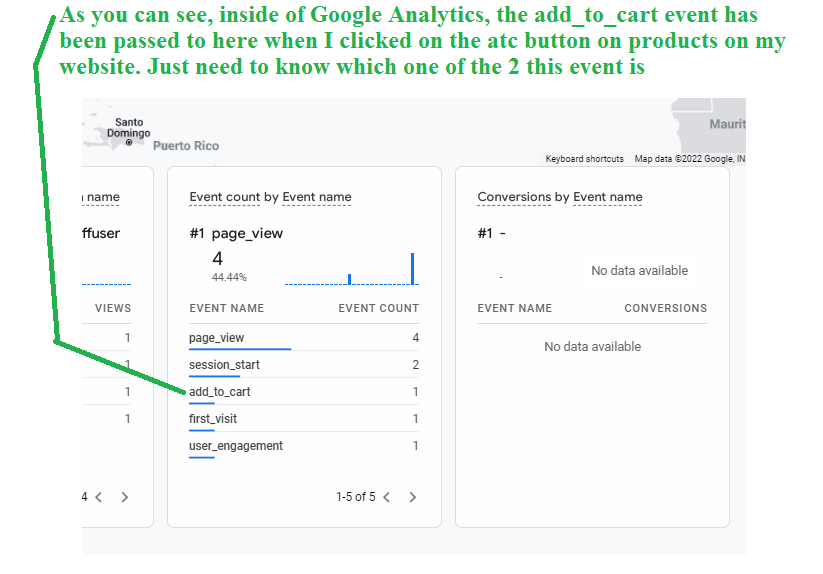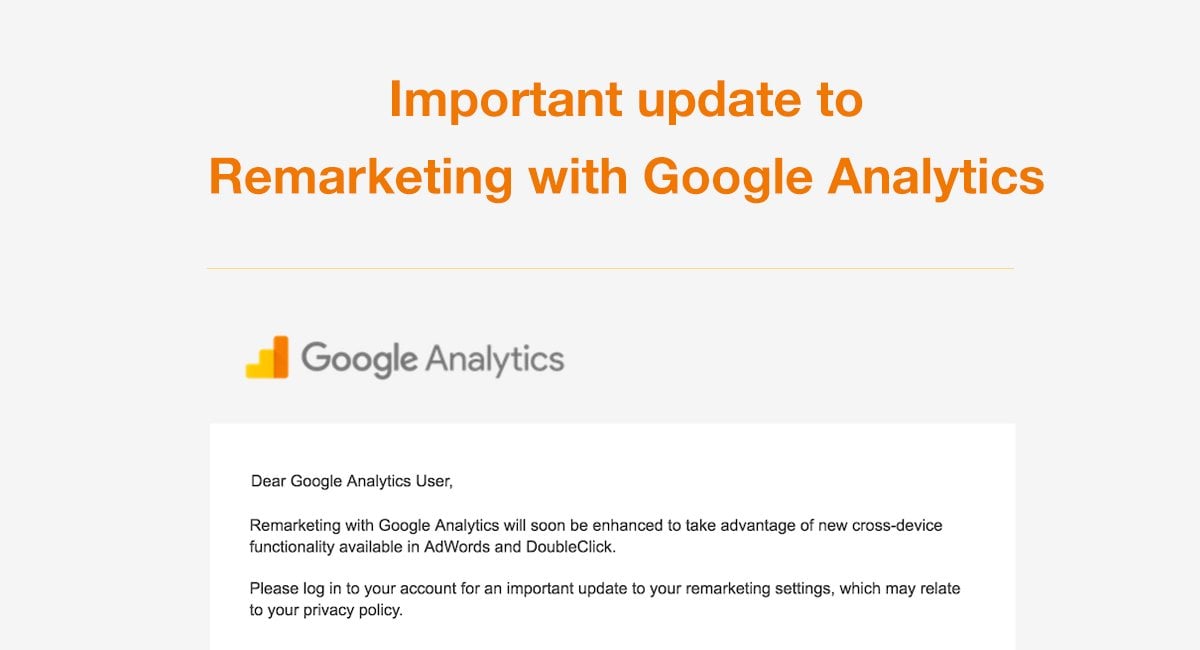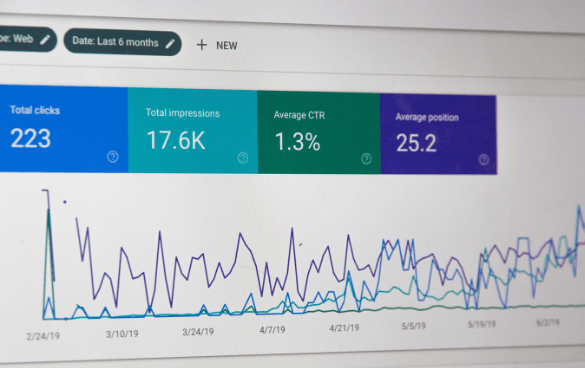Effective Strategies for Remarketing In Google Analytics
Wiki Article
Optimize Your ROI With Remarketing in Google Analytics
In the world of electronic marketing, the application of remarketing strategies within Google Analytics has actually verified to be a powerful tool for boosting roi. By using the power of individual data and customizing ads to particular audience sections, services can significantly intensify their conversion prices. Nonetheless, the genuine crucial depend on the art of precision - understanding user actions, crafting compelling ads, and continuously refining strategies to drive optimum outcomes. The trip to maximizing ROI via remarketing is a nuanced course led with understandings and opportunities that can reshape the trajectory of your advertising and marketing ventures.Recognizing Remarketing in Google Analytics
Recognizing remarketing in Google Analytics is vital for maximizing your digital advertising and marketing technique. Remarketing permits you to target customers who have actually previously seen your website or engaged with your application, presenting them with customized advertisements as they search various other sites or use various other apps within the Google Show Network. This approach helps maintain your brand top of mind and urges users to return to your website, ultimately raising the chance of conversion.By utilizing Google Analytics, you can track the performance of your remarketing projects, getting important insights right into individual habits, interaction, and conversions. This information allows you to improve your targeting, messaging, and bidding methods to boost the overall effectiveness of your campaigns.
Furthermore, recognizing the various kinds of remarketing checklists readily available in Google Analytics, such as typical, dynamic, and similar audiences, allows you to develop individualized and very fractional projects tailored to particular user sectors. This degree of granularity can dramatically boost the significance and effect of your remarketing efforts, inevitably optimizing your return on financial investment.
Establishing Up Remarketing Listings
To efficiently execute remarketing campaigns in Google Analytics, the initial step entails configuring and producing remarketing checklists targeting specific user sections based upon their communications with your web site or app. By establishing remarketing listings, you can customize your advertising and marketing efforts to reach individuals who have actually already revealed rate of interest in your services or items.To start, navigate to the Admin section of your Google Analytics account and select the Home where you wish to develop the remarketing checklist. After that, under the Residential property column, click on 'Target market Definitions' and choose 'Audiences.' Next, click the red 'New Audience' switch and select 'Produce New' to define the criteria for your remarketing list.

Crafting Reliable Remarketing Ads

When crafting your advertisements, concentrate on developing attention-grabbing headlines and compelling visuals that stand apart to prospective clients. Include solid calls-to-action that click site urge customers to review your website and finish a wanted activity. Use dynamic remarketing to show individualized advertisements including product and services that users have previously checked out on your site.
In addition, make sure that your ads are mobile-friendly since a substantial section of net web traffic originates from mobile phones. Examination various ad variants to recognize which styles and messages drive the most effective results. By continually refining and maximizing your remarketing advertisements based upon performance data, you can optimize their efficiency and enhance your roi.
Studying Remarketing Efficiency

Via Google Analytics, marketing professionals can track the efficiency of their remarketing projects in real-time, allowing them to recognize trends, patterns, and locations for improvement promptly. By evaluating the information, marketing professionals can determine which advertisements are performing well, which target market segments are responding positively, and which networks are driving one of the most conversions. This level of granularity makes it possible for online marketers to make data-driven choices to optimize their remarketing campaigns for far better results.
Enhancing ROI With Remarketing
Analyzing remarketing data in Google Analytics makes it possible for online marketers to identify possibilities for maximizing return on financial investment (ROI) through tactical modifications - What Is “Remarketing” In Google Analytics?. To make best use of ROI with remarketing, it is critical to comprehend the actions of your target market. By evaluating individual interactions, such as the web pages they visited, the products they checked out, or the activities they took on your site, you can tailor your remarketing projects extra effectivelySegmenting your audience based on their habits enables you to produce tailored and targeted advertisements that are most likely to resonate with them. By showing relevant ads to specific segments of your target market, you can boost the opportunities of conversion and inevitably improve your ROI.
Furthermore, evaluating different ad creatives, messaging, and like this offers can help identify what resonates best with your audience. A/B screening enables you to try out various components of your advertisements to establish what drives the greatest involvement and conversion prices.
Final Thought
In final thought, optimizing ROI with remarketing in Google Analytics needs a calculated technique to evaluating individual behavior, segmenting target markets, developing customized ads, and enhancing project performance. By leveraging data-driven insights and testing various methods, companies can enhance their remarketing initiatives to drive greater interaction and conversion rates. This organized technique makes sure that resources are efficiently alloted in the direction of making best use of rois in remarketing campaigns.Next, click on the red 'New Target market' button and select 'Develop New' to specify the parameters for your remarketing checklist.
By constantly refining and optimizing your remarketing advertisements based on performance information, you can optimize their efficiency and boost your return on investment.
By delving into these understandings, marketers can acquire a thorough understanding of how their remarketing initiatives are reverberating with their target audience and driving conversions. To optimize ROI with remarketing, it is critical to recognize the actions of your look at this now target market.In final thought, making the most of ROI with remarketing in Google Analytics requires a critical method to assessing user actions, segmenting audiences, producing tailored advertisements, and maximizing campaign efficiency.
Report this wiki page